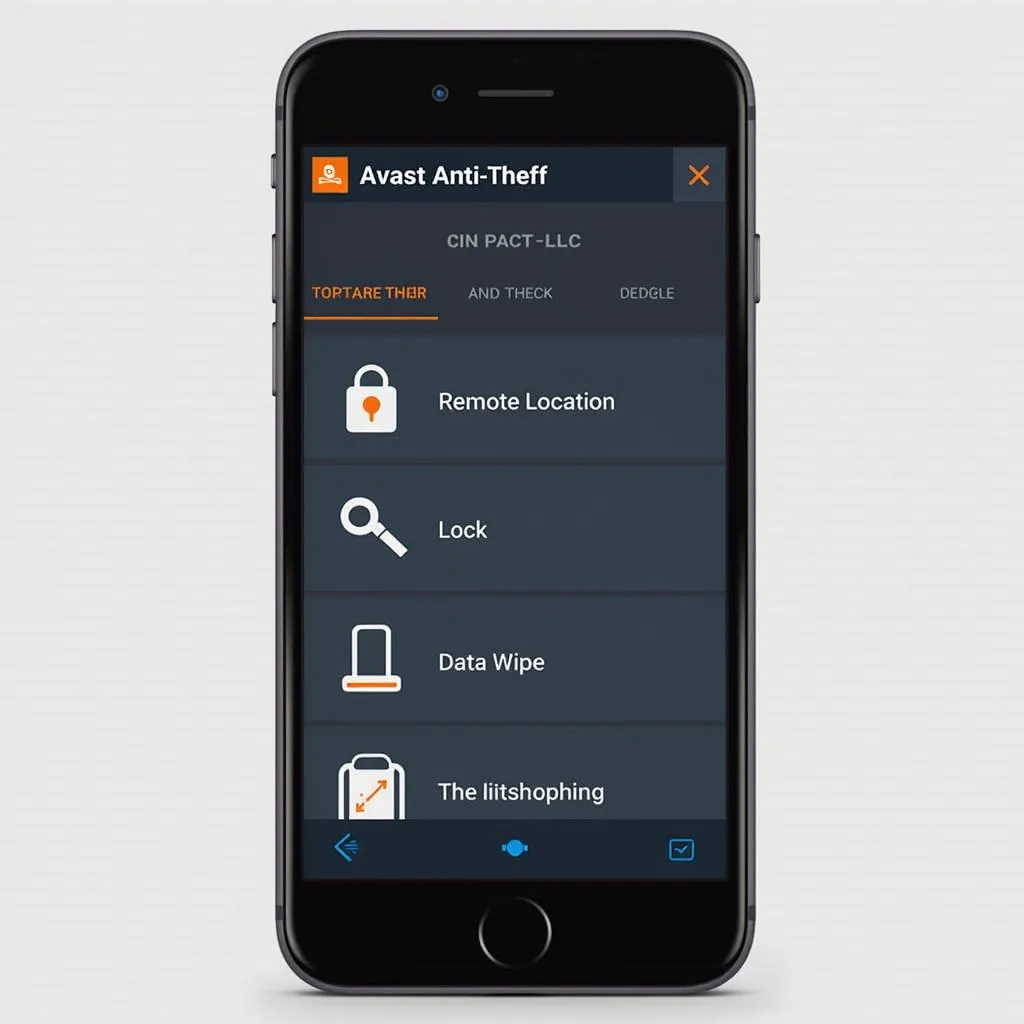Dealing with a malfunctioning anti-theft system can be a real headache. Whether you’re locked out of your own car or facing a drained battery, the urge to rip the system out can be strong. However, before you reach for your toolbox, understanding how to disconnect an anti-theft system safely and effectively is crucial.
This comprehensive guide will walk you through the process, offering expert advice and addressing common concerns.
Understanding Anti-theft Systems and Their Quirks
Before we dive into the “how-to,” it’s helpful to understand why anti-theft systems sometimes become a nuisance. These systems are designed with sophisticated electronics to deter theft, often including:
- Immobilizers: These prevent the engine from starting without the correct key or fob.
- Alarm Systems: These sound a loud siren if the vehicle is tampered with.
- Tracking Systems: These use GPS to locate a stolen vehicle.
A glitch in any of these components can trigger a false alarm, prevent you from starting your car, or even drain your battery.
Recognizing a Problem with Your Anti-theft System
So how do you know if your anti-theft system is acting up? Here are some telltale signs:
- Your car won’t start, even with the correct key.
- The alarm keeps going off for no apparent reason.
- You see a flashing security light on your dashboard.
- The battery drains quickly, even when the car is off.
Disconnecting an Anti-theft System: Proceed with Caution
Disclaimer: It’s important to note that tampering with your car’s electrical system can be dangerous and potentially void your warranty. If you’re uncomfortable working with electrical components, it’s best to consult a qualified mechanic.
However, for those comfortable with DIY tasks, here’s a general overview of the process:
Tools You’ll Need:
- Basic hand tools (screwdrivers, wrenches)
- Multimeter (to test electrical circuits)
- Wiring diagram for your specific car model (available online or in a repair manual)
Disconnecting the System:
- Locate the anti-theft system’s control unit: This is usually found under the dashboard, behind the glove box, or in the kick panel.
- Disconnect the battery: Before working on any electrical system, always disconnect the negative battery terminal to prevent shocks or short circuits.
- Identify the wires connected to the control unit: Refer to your wiring diagram carefully to identify the correct wires to disconnect.
- Disconnect the wires: Use a wire connector or electrical tape to insulate the disconnected wires and prevent them from touching other metal parts.
Note: The exact steps for disconnecting an anti-theft system vary widely depending on the make, model, and year of your vehicle.
FAQs about Disconnecting Anti-theft Systems
Can I disconnect the anti-theft system myself?
While it’s technically possible, it’s generally recommended to seek professional help. Mistakes can lead to further damage or compromise your vehicle’s safety.
Will disconnecting the anti-theft system void my warranty?
Potentially, yes. Tampering with your car’s electrical system could void your warranty, especially if done incorrectly. Always check with your manufacturer or dealer before making any modifications.
What if I’m locked out of my car because of the anti-theft system?
If you’re locked out, it’s best to call a locksmith or your car manufacturer’s roadside assistance. They have the tools and expertise to safely disable the system and regain access to your vehicle.
Can disconnecting the battery reset the anti-theft system?
Sometimes, disconnecting the battery for a certain period (usually 30 minutes to an hour) can reset the system. However, this is not a guaranteed fix and may not work for all systems.
For more detailed guides on specific car models and other car diagnostic solutions, explore Cardiagtech’s extensive resources.
Need Expert Assistance?
Anti-theft systems are complex, and even a seemingly simple disconnection can have unintended consequences. If you’re unsure about any step of the process, don’t hesitate to reach out to the experts at CARDIAGTECH. We provide remote diagnostics, programming, and software installation services to get you back on the road safely and quickly.

